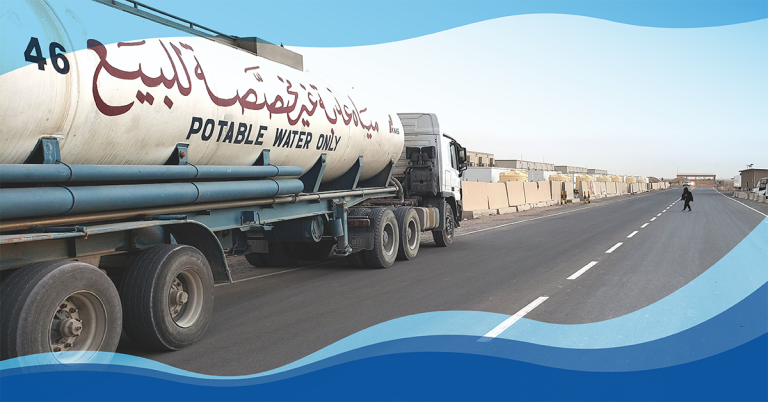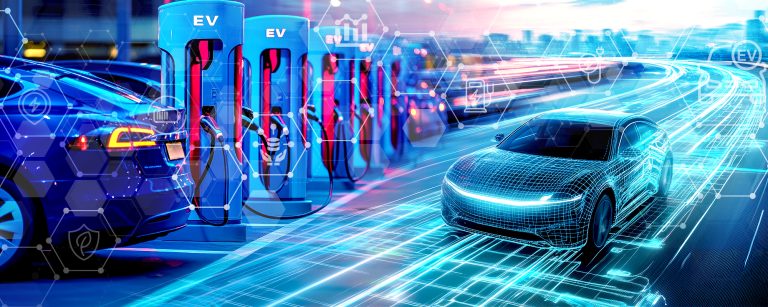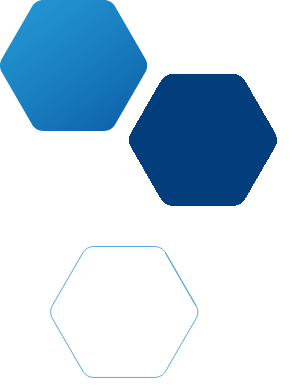Bioenergy
What is Bioenergy
Our bioenergy research and development efforts span a wide array of innovative and impactful projects. We convert biomass into fuels, chemicals and power to advance energy solutions and unleash reliable American energy. Our work encompasses everything from feedstock development and preprocessing to advanced conversion technologies and end-use applications. By integrating cutting-edge science, engineering and technology, INL is at the forefront of creating viable bioenergy solutions that contribute to energy security, economic growth and American energy dominance.
Benefits of Bioenergy
- Energy diversity: Hydrogen can be used across multiple sectors, reducing dependency on fossil fuels and enhancing energy security.
- Versatility: Hydrogen's versatility makes it suitable for a wide range of applications, from energy storage to transportation to industrial processes.
- Innovation and growth: The hydrogen economy presents new opportunities for technological innovation, job creation and economic growth in emerging sectors.
Key Focus Areas
INL is a leading research facility that is developing cutting-edge hydrogen fuel technologies. Led by some of the field’s most prominent researchers, our state-of-the-art facilities enable us to conduct preliminary materials research all the way through full-scale advanced nuclear reactor demonstrations.
 INL’s premier lab facilities provide the foundation for research excellence. Material experts are leading the development of proton-conducting solid oxide electrolysis cell (p-SOEC) stacks to produce hydrogen. Some key advantages of this technology include:
INL’s premier lab facilities provide the foundation for research excellence. Material experts are leading the development of proton-conducting solid oxide electrolysis cell (p-SOEC) stacks to produce hydrogen. Some key advantages of this technology include:
- Applicable to splitting steam and removing hydrogen from methane, ethane, and higher alkanes
- Operating temperature under 600° C
- Higher ion conductivity
- Lower activation energy
- Increased energy conversion efficiency
- Pure hydrogen generation, without Nickel oxidation contamination issues
- Proton-conducting materials also require less energy to produce.
These benefits may reduce the cost of electrolytic hydrogen production.
For more information about this work and potential partnership opportunities, please contact Dong Ding, [email protected].
INL researchers are developing novel electrochemical applications of p-SOEC for producing polymers and ammonia. A process for producing valuable polymers starts by extracting hydrogen from methane, ethane, and propane. Pure hydrogen is a by-product of this step. Ammonia can be produced by combining protons (hydrogen ions) with nitrogen in the p-SOEC fuel electrode. The Lab has patented novel catalysts for both of these potentially game-changing chemical synthesis options.
For more information about this work and potential partnership opportunities, please contact Dong Ding, [email protected].
The U.S. Department of Energy’s Hydrogen and Fuel Cell Technologies Office sponsors the Lab Consortium for H2 from Next-generation Electrolysis of Water (H2NEW).
H2NEW is helping industry understand and extend the operating life of high-temperature electrolysis cells through accelerated stress testing using multiple stations for button-cell and large-planar cell test stands.
INL recently added a high-pressure (750 psi rating, or ~50 bar) single cell or small stack testing stand to its capability.
For more information about this work and potential partnership opportunities, please contact Richard Boardman, [email protected]
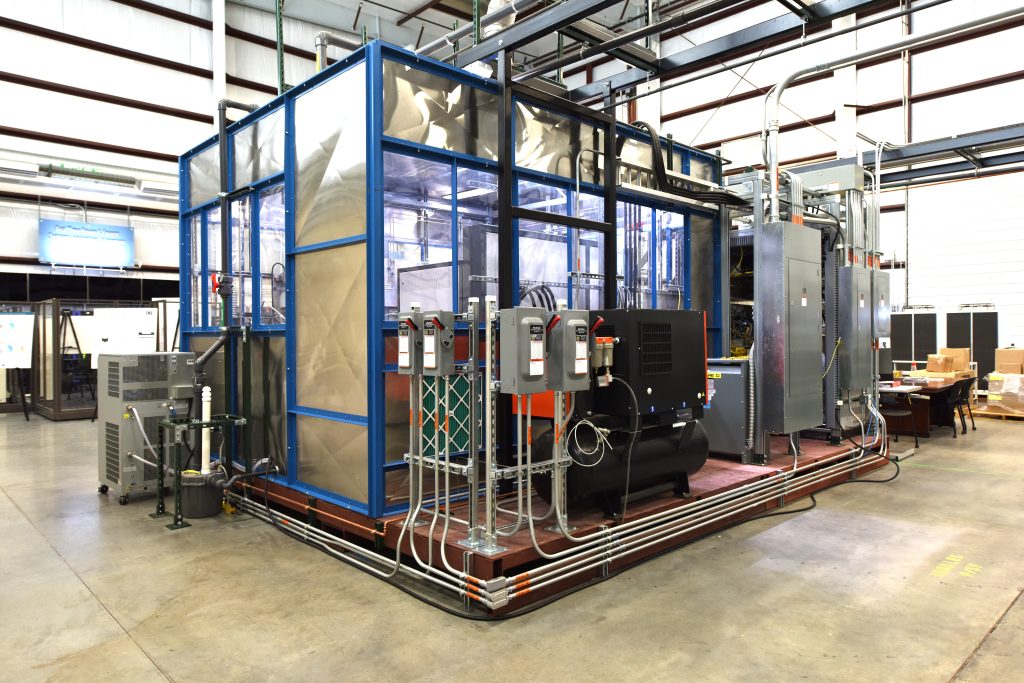 INL’s Energy Systems Laboratory boasts several full-size commercial stack testing units to validate performance and durability. These units recycle and recover hydrogen to reduce the need for it in gas-bottle form.
INL’s Energy Systems Laboratory boasts several full-size commercial stack testing units to validate performance and durability. These units recycle and recover hydrogen to reduce the need for it in gas-bottle form.
The system operates unattended with a call-out function to the test leads if failure or unusual operating conditions are detected.
Independent stack testing is helping companies prove technology readiness for installation in larger pre-commercial modules.
The units operate by producing de-ionized water on demand and sending it to a programmable steam generator that produces superheated steam.
The uninterrupted power supply system allows stack tests to be conducted for several thousand continuous hours.
This system is also connected to INL’s real-time grid simulation and associated grid power conditioners. This facilitates studies on real-world duty cycle ramping related to power feed conditioning.
For more information about this work and potential partnership opportunities, please contact Micah Casteel, [email protected].
High Temperature Electrolysis (HTE)
INL supports commercial developers looking to design, operate and prove the performance of fully integrated High Temperature Electrolysis (HTE) modules.
The first unit to be tested was developed under a Cooperative Research and Development Agreement with Bloom Energy, with power input of over 100 kWe DC.
For more information about this work and potential partnership opportunities, please contact Micah Casteel, [email protected]
HTE demonstration
FuelCell Energy and INL have teamed up on a DOE cost-shared proposal to test a 250 kWe DC modular HTE unit. Following commissioning and system verification, this unit will be tied to a gas conditioning and compression station to supply hydrogen to between two and four motor coach buses that transport employees to the INL Site each day.
For more information about this work and potential partnership opportunities, please contact Tyler Westover, [email protected].
HTE testing
INL can support other HTE modules for testing to raise the technology readiness for commercial use while enhancing safety and reducing technical risks. These may include units for:
- Reverse water-gas shift reactor for synthesis gas generation (H2 + CO mixtures)
- Ammonia synthesis
- Substitute natural gas (SNG) from CO and H2
- Low-emissions fuels synthesis
- Hydrogen fuel cell testing
- Hydrogen combustion in gas turbines
- Hydrogen blending with natural gas
For more information about this work and potential partnership opportunities, please contact John Moorehead, [email protected].
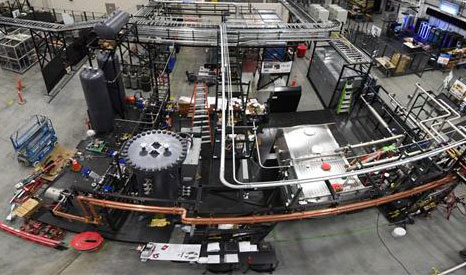 Integrated energy systems are essential to developing nuclear-supported hydrogen production. The IES program has established a diverse, non-nuclear facility to support model validation and initial technology demonstration.
Integrated energy systems are essential to developing nuclear-supported hydrogen production. The IES program has established a diverse, non-nuclear facility to support model validation and initial technology demonstration.
When either an existing nuclear plant or future advanced reactor can switch between providing electricity and producing hydrogen, depending on grid demand, profits for cooperating partners will increase.
For more information about this work and potential partnership opportunities, please contact Shannon Bragg-Sitton, [email protected].
Much of INL’s leading hydrogen research occurs at its Energy Systems Laboratory. Here, researchers develop interfaces needed for a nuclear plant to dispatch thermal energy and electricity between a hydrogen plant and the grid. To prepare a nuclear plant to operate under this paradigm, data links connect the Energy Systems Lab to INL’s Human Systems Simulation Laboratory for process monitoring and control.
For more information about this work and potential partnership opportunities, please contact Tyler Westover, [email protected].
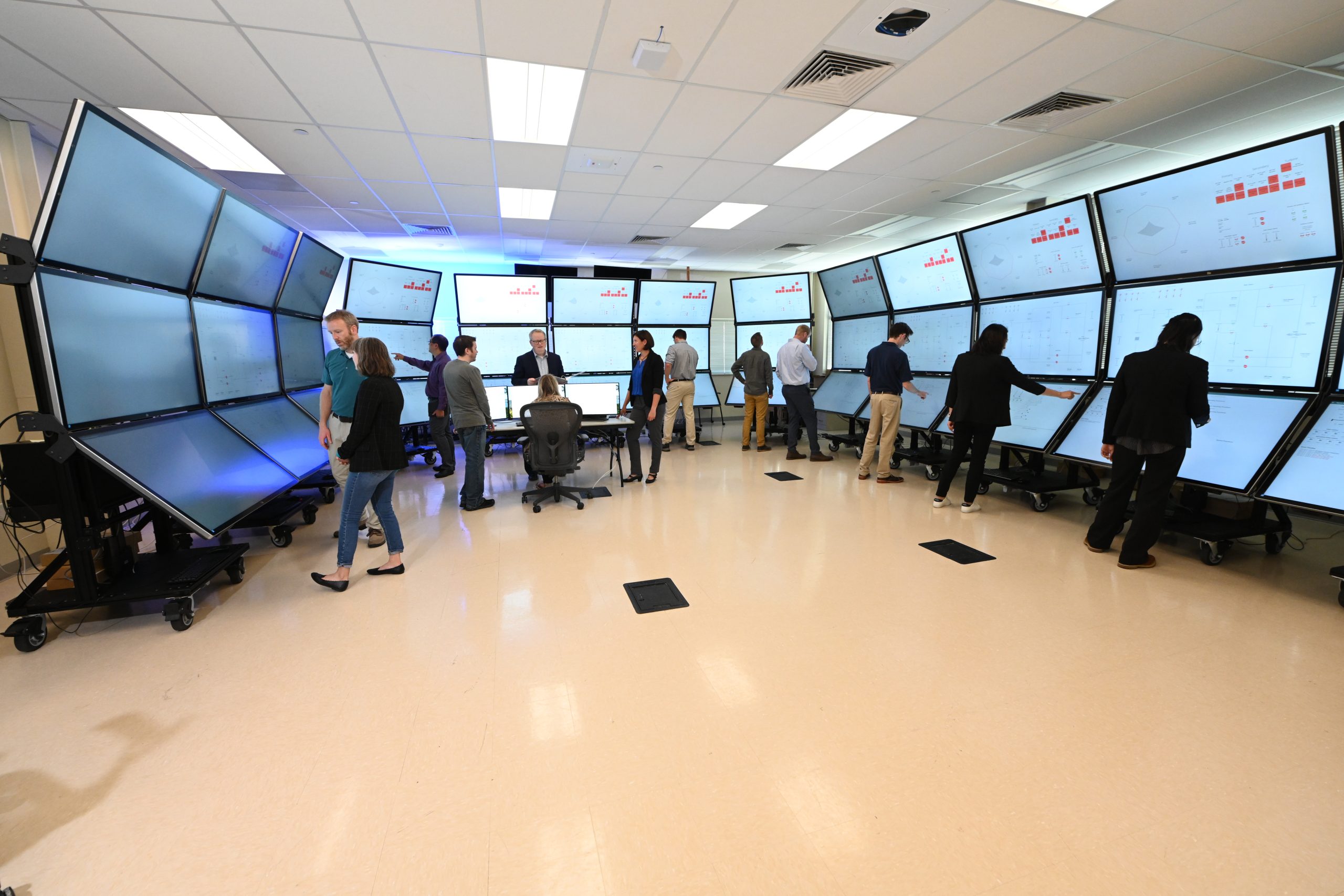 The Human Systems Simulation Lab is a unique capability where human factors can be studied on a physical simulator of a nuclear power plant operator control room. The benefits this lab offers to hydrogen production include:
The Human Systems Simulation Lab is a unique capability where human factors can be studied on a physical simulator of a nuclear power plant operator control room. The benefits this lab offers to hydrogen production include:
- Developing the thermal and electrical connections between the nuclear and hydrogen plants
- Supporting development of secure operating systems, operating concepts and data links between the plants
- Developing and testing human factors to ensure safe operations
- Demonstrating the ability to support the grid with specific reserve capacity
- Developing sensors and demonstrating system diagnostic and prognostic control
INL has entered a cooperative agreement with Westinghouse Electric Corporation and GSE Systems to develop simulators and prove operating concepts and control systems that will enable nuclear plants to dispatch energy to close-coupled hydrogen plants.
For more information about this work and potential partnership opportunities, please contact Tom Ulrich, [email protected].
INL is supporting industry with DOE cost-shared electrolysis demonstration projects at existing nuclear power plants. INL supports these projects with experimental test plan development and execution. The following projects are underway at operating nuclear plants:
- Energy Harbor, Davis-Besse Nuclear Power Station
- Supporting development of secure operating systems, operating concepts and data links between the plants
- Constellation, Nine Mile Point Nuclear Station
- Xcel Energy, Prairie Island Nuclear Generating Plant
For more information about this work and potential partnership opportunities, please contact Tyler Westover, [email protected].
Demonstrations, Collaborations & Partnerships
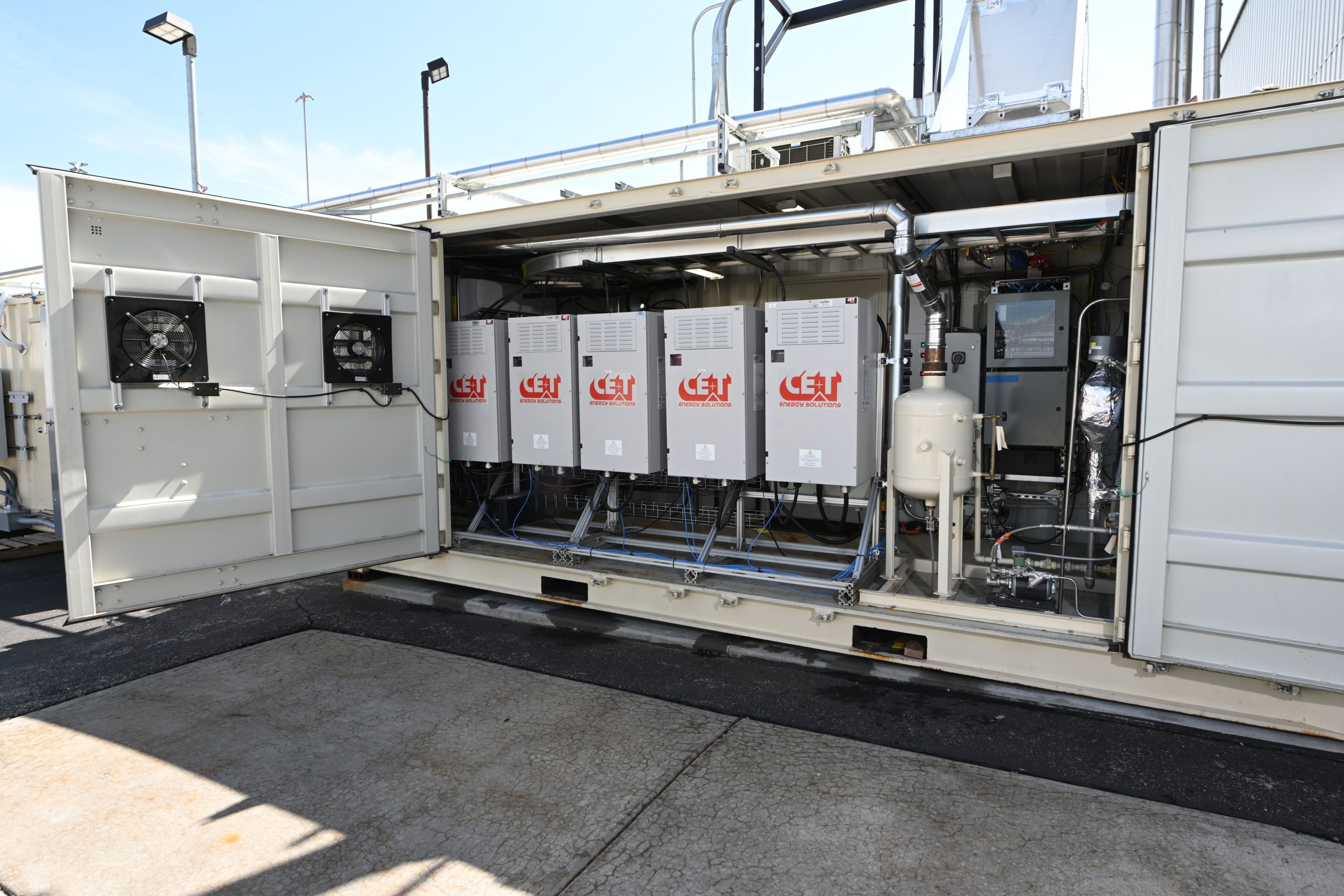 INL is available to support industry-led hydrogen hubs with hub planning, industry engagement, technical and economic assessments, and electrolysis technology integration and testing. Modeling and simulation are key capabilities with far-reaching implications for hydrogen production. Specific INL modeling capabilities include:
INL is available to support industry-led hydrogen hubs with hub planning, industry engagement, technical and economic assessments, and electrolysis technology integration and testing. Modeling and simulation are key capabilities with far-reaching implications for hydrogen production. Specific INL modeling capabilities include:
- Fundamental High Temperature Electrolysis stack and module design using dynamic models
- Thermal hydraulic modeling
- Plant design, technical evaluations and economic assessments
- Holistic systems integration and optimization
- Digital twins (or virtual models) and real-time plant simulation
- Integration of hydrogen and nuclear plants with grid markets
INL drives hydrogen tech progress through diverse collaborations, ensuring global insights and best practice sharing. Our Hydrogen Team excels in synergistic partnerships with academia and industry, propelling innovation for a cleaner energy future.
For more information about this work and potential partnership opportunities, please contact Richard Boardman, [email protected].
INL is committed to becoming a Net-Zero Emissions laboratory. Advanced nuclear reactors coupled to stacks and integrated modules will be critical to achieving this goal. INL is establishing a testing center at the desert Site’s Central Facilities Area for demonstrating advanced reactors with wind, solar and geothermal projects as part of a clean microgrid. The initial setup will accommodate electrolysis modules up to 10 MWe capacity and associated hydrogen applications. This facility will support clean electrical power production using hydrogen fuel cells and hydrogen turbines. It will also be used to fuel the INL bus fleet and demonstrate the production of low-emissions fuels and ammonia fertilizers, and to reduce iron ore to a form that is ready to be processed with an electric arc furnace.
For more information about this work and potential partnership opportunities, please contact Chris Wright, [email protected].
Integrated Energy News
Camp Buehring, a United States military base nestled in northern Kuwait just 20 miles from...Read More >
When reviewing electric vehicles (EVs), automobile journalists usually cite a long list of superlatives —...Read More >
Accurately forecasting how much power individual stations will demand from the electric grid is a...Read More >

